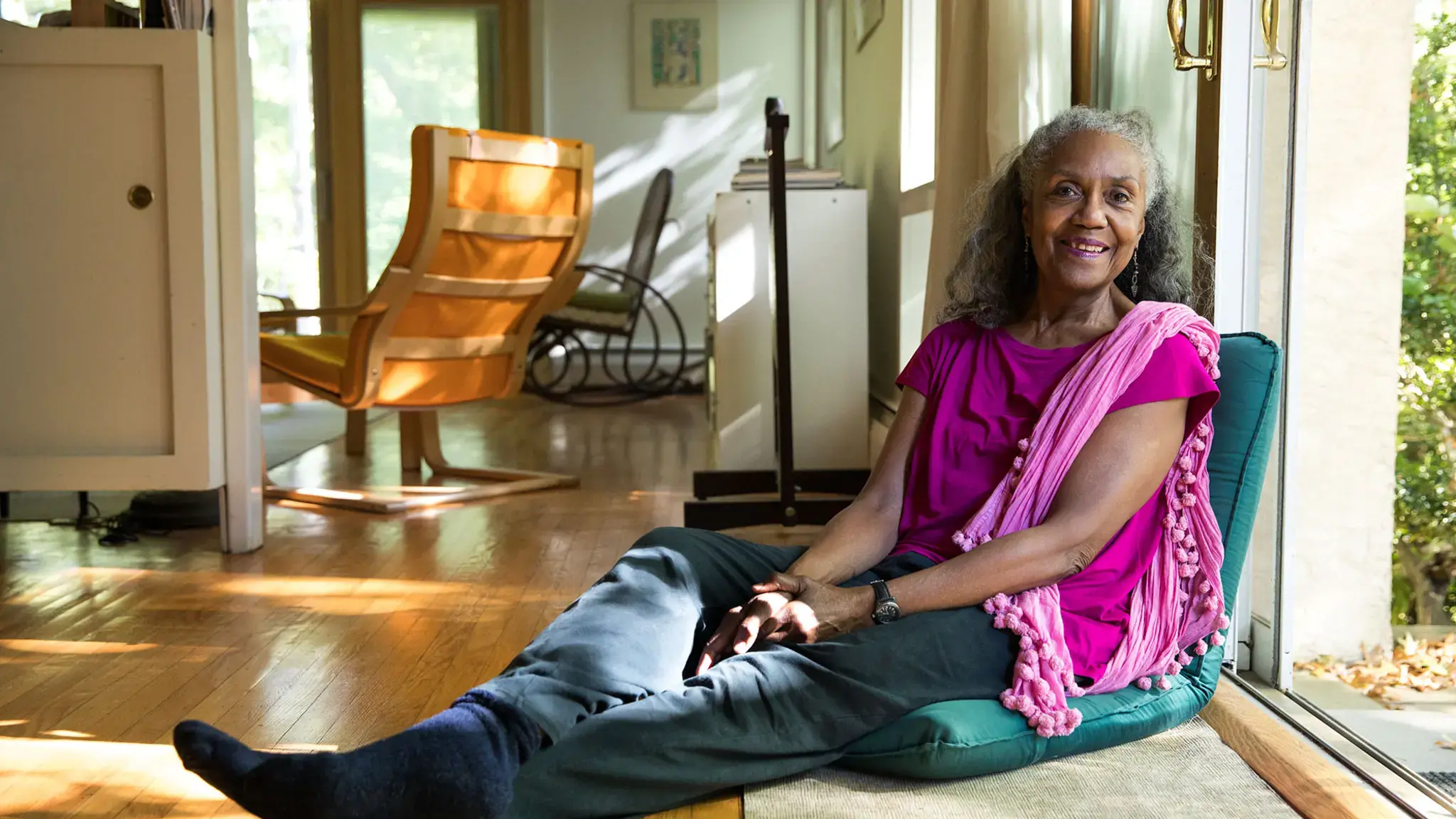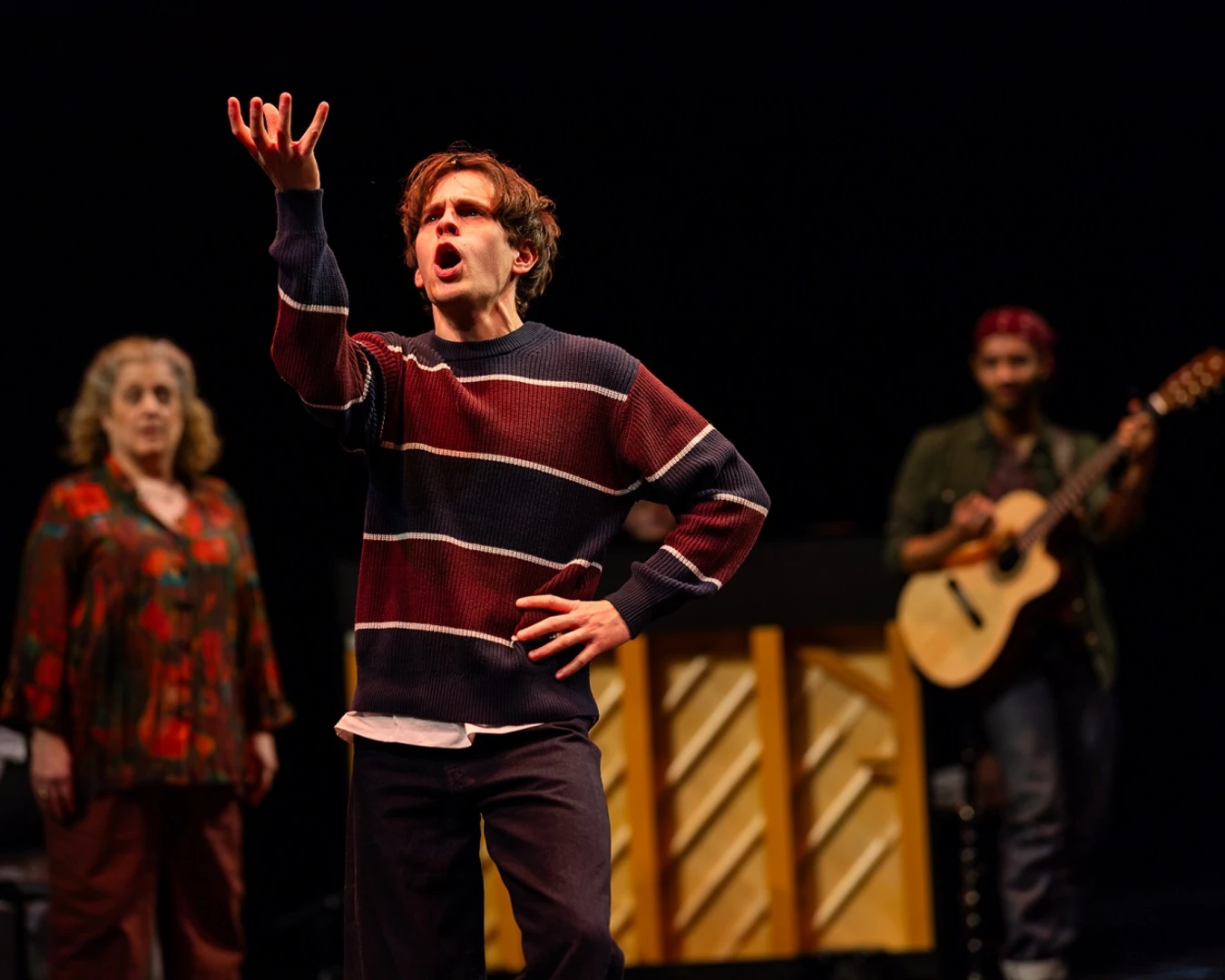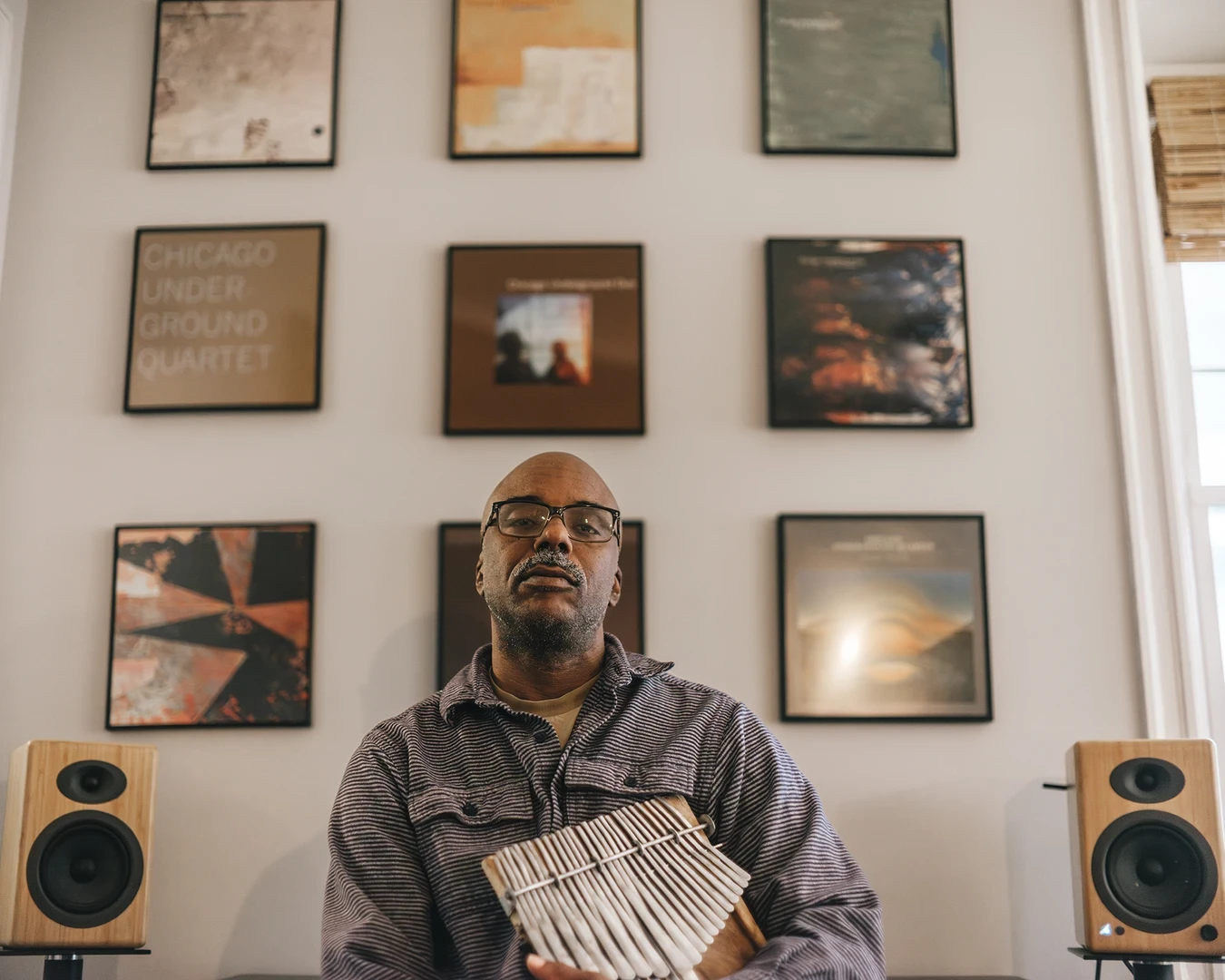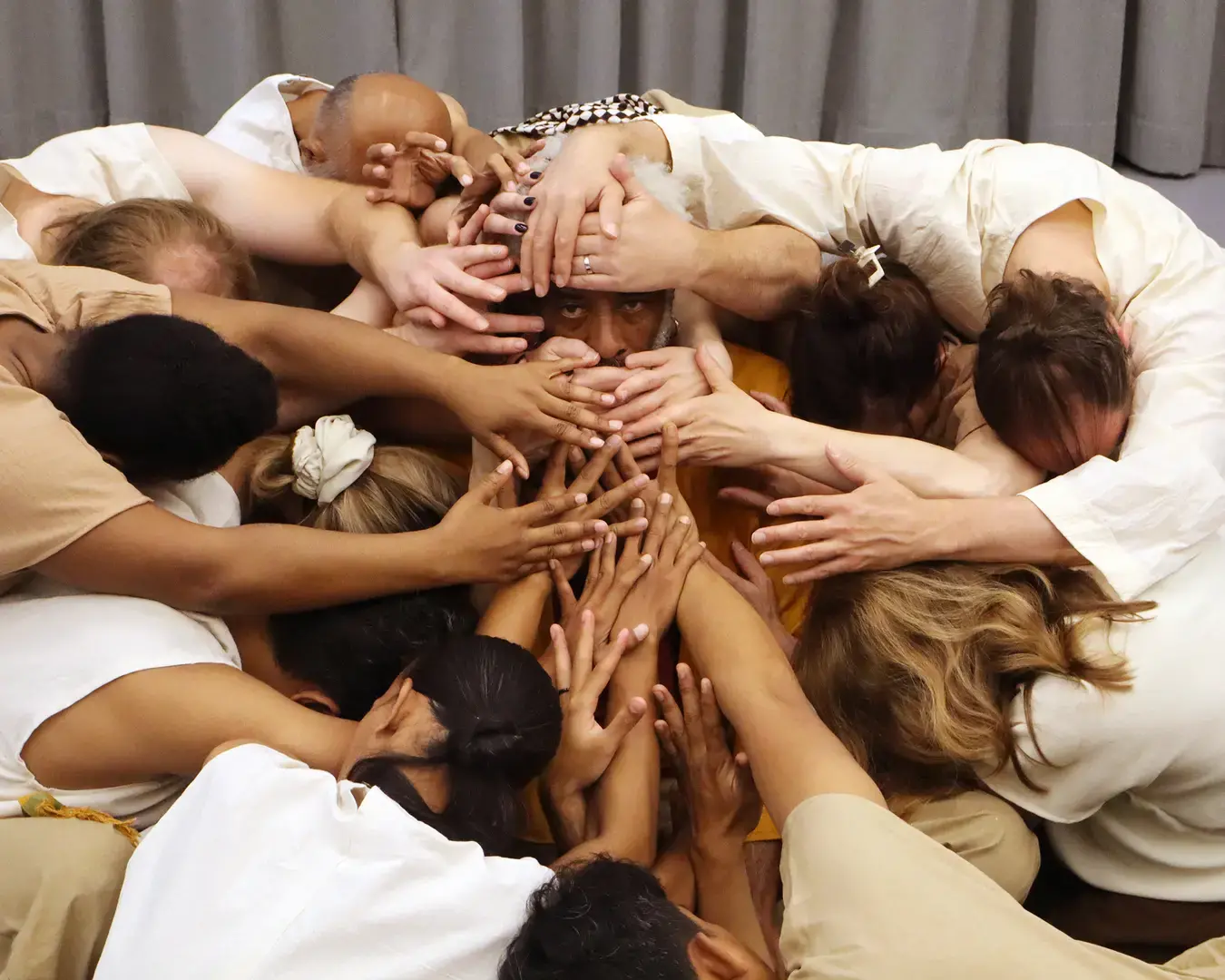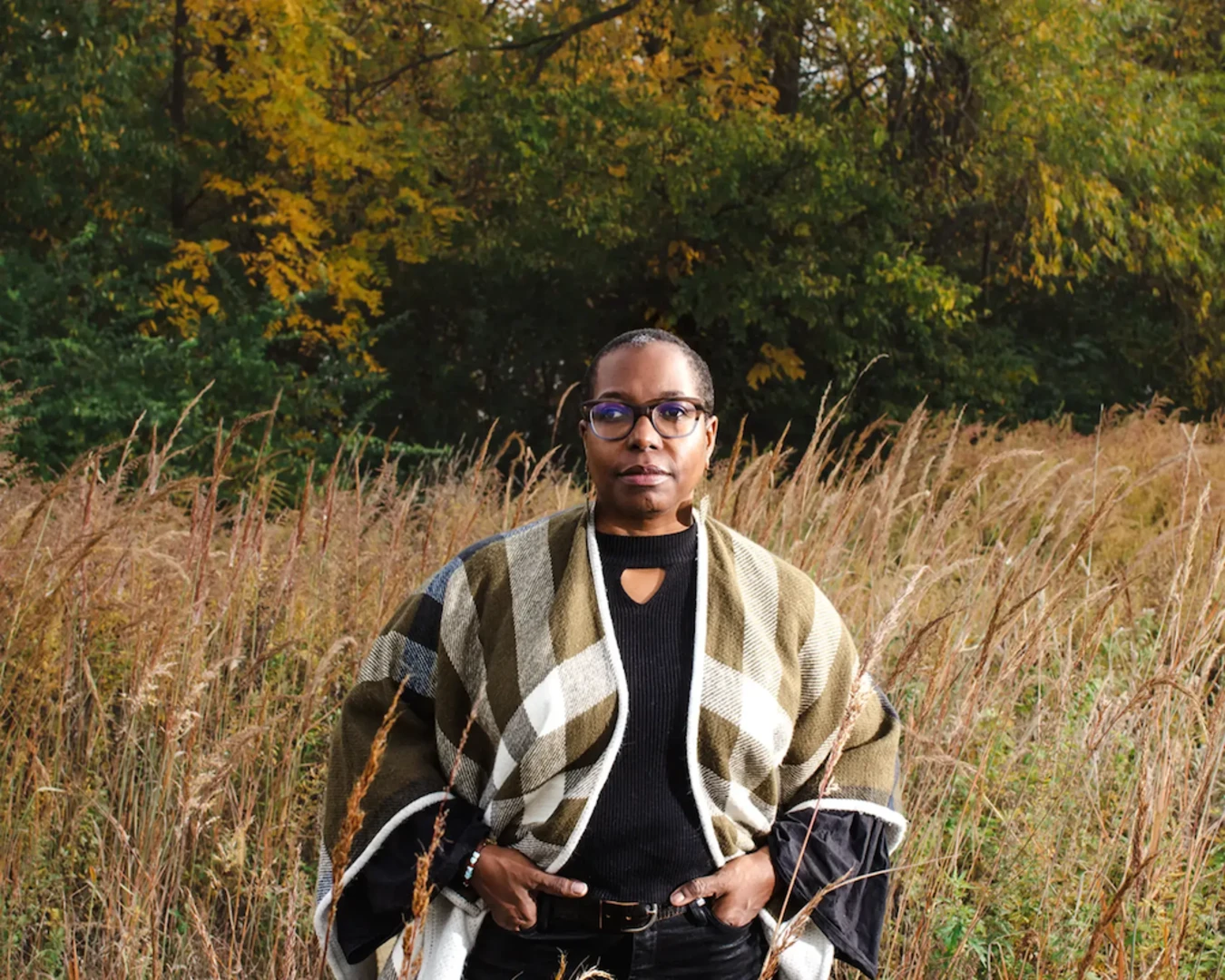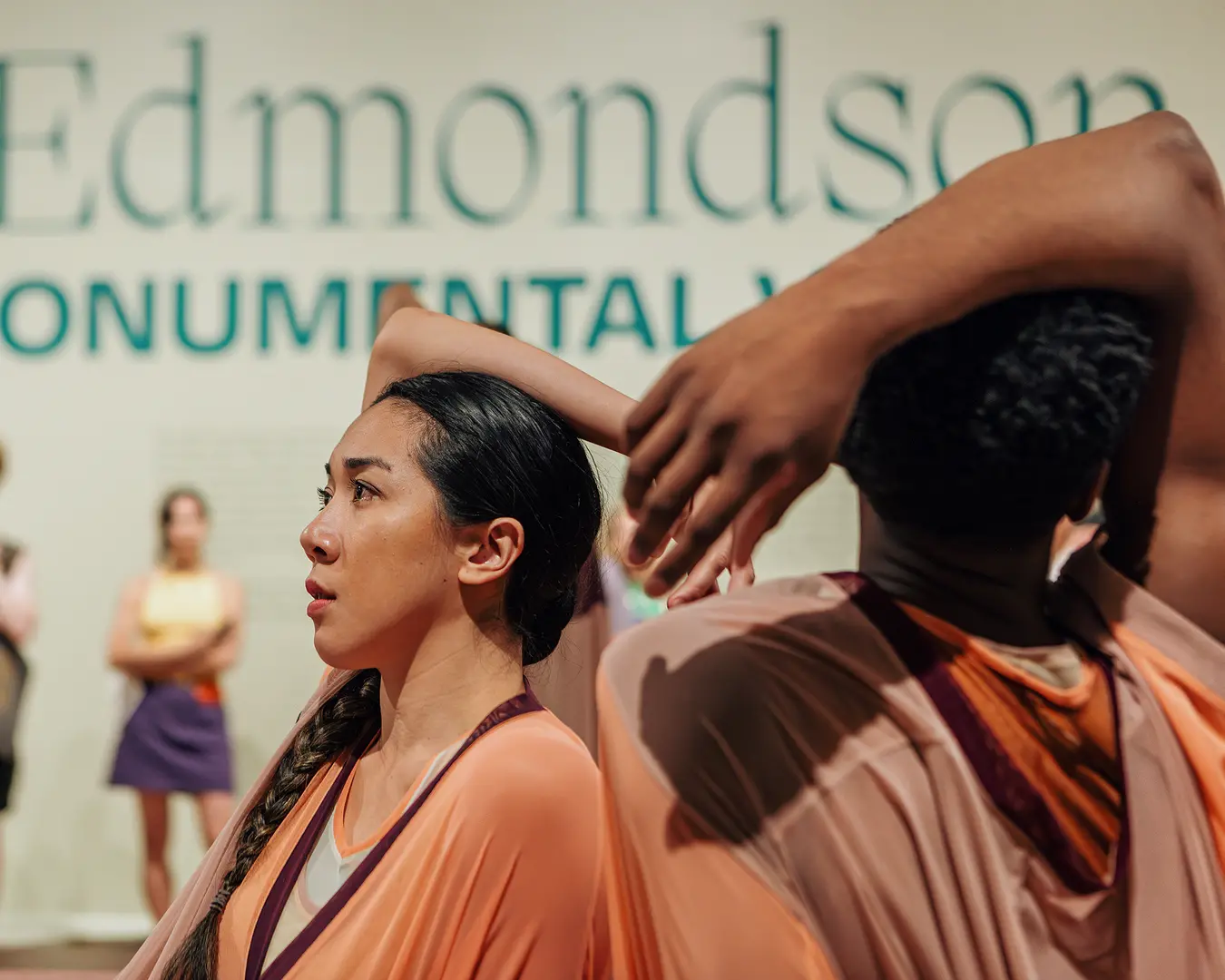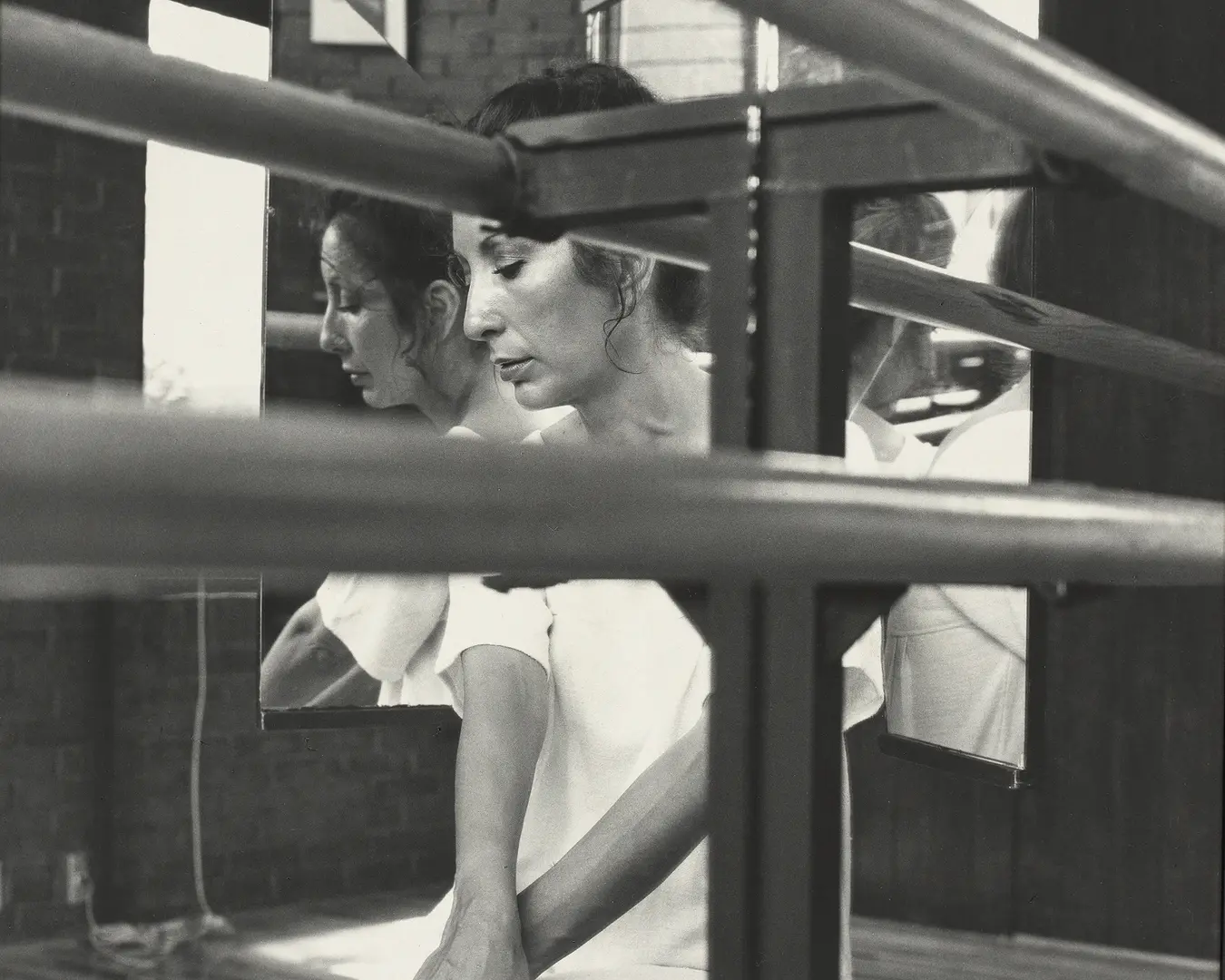Our “Pew Fellow of the Week” series focuses on the artistic lives of our Pew Fellows: their aspirations, influences, and creative challenges.
This week, we speak to Brenda Dixon Gottschild (2017) whose 50-year career as a writer and cultural scholar surveys the presence and influence of the black dancing body in America, in what she calls “choreography for the page”—an “embodied, subjunctive approach to research writing.” She has published a wide range of books, essays, and articles, including Waltzing in the Dark: African American Vaudeville and Race Politics in the Swing Era (2000), for which she received the 2001 Congress on Research in Dance Award for Outstanding Scholarly Dance Publication. She began her career as a professional performer in modern dance and experimental theater, and in recent years she has re-entered the field as a performer with a solo work on race. Most recently, she performed with her husband and Pew Fellow Hellmut Gottschild in BalletX’s presentation of Nicolo Fonte’s Beautiful Decay.
You describe your professional life as having “journeyed from a career as artist-performer to writer-scholar, from practitioner to observer.” How did this journey begin for you?
As I state in my narrative resume, “the two developments are driven by the same passion for the performing arts and my belief in performance as a highly charged, sociopolitical phenomenon.” I believe the journey began even before I realized I was pursuing it. It was who I was: an African American girl who wanted to be a dancer (for as long as I can recall), loved books, loved sketching, loved school (where my shyness could be hidden by academic achievement) and, at some point, became aware that being Black was not the default setting for being American.
Recently, I came upon a paper I’d written for my high school English honors class in which I explained to my teacher that what I see as a problem in the US is the way “the Negro” (the terminology of 1958, when I wrote this) is treated. In a social studies class, I wrote essays pleading the case for abolishing capital punishment and for statehood for Hawaii. This radical adolescent spirit was nurtured by my circumstances: growing up in Harlem, an ethnically diverse community in the 1940s/50s; going to integrated NYC schools in Washington Heights (the white neighborhood north of Harlem); and sharing honors classes with a handful of African Americans and a majority of Jewish kids, many of whom had lost relatives in the Holocaust. (In fact, Julius and Ethel Rosenberg’s sons, Michael and Robert Meeropol, attended the same junior high school as me. Their adopted father, Abel Meeropol, wrote the words to the song “Strange Fruit.”) Thus, I wore the cloak of social/racial consciousness as closely as my love of dance, and from adolescence onward continued to merge dance and social activism.
What was the first work of art that really mattered to you? Did it influence your approach to your work?
It must’ve been seeing the original Broadway version of West Side Story, sometime in 1959. I would have been barely 17 years old and a freshman in college. The ticket was financed through a philanthropist who also paid for my ballet classes. Perhaps two years before, I’d seen my first stage performance: the ABT production of Petrouchka, with John Kriza dancing the title role. The Stravinsky music, live ballet dancers and, not least of all, snow falling onstage all worked to ensnare me in the beauty of live performance. Nevertheless, it was West Side Story’s contemporary tale of interracial love, an illicit affair, jazz music, and dancing that made me simultaneously hot and cold: ecstatic to see onstage something that seemed to represent my aspirations and limitations all in one piece. This, too, certainly contributed to my “performance as a measure of culture” philosophy.
Can you expand on this sentiment of using “performance as a measure of culture?” How do you view performance as a way to understand society?
The clearest way for me to explain this is to extrapolate from one of my signature presentations, titled “Researching Performance—The Black Dancing Body as a Measure of Culture”:
The body remembers. The body re-members. The body speaks. The body tells us what is valued in a culture. Bodies are mirrors that absorb, remember, and reflect society’s politics, art, religion, aesthetics, hopes, fears, strengths, failings—both the officially sanctioned versions and the sub-rosa, closeted taboos. Bodies are barometers measuring the pulse of society. Let me begin by giving you a context. Now, all of us in this room may be aware that dance is as old as humankind, and that there are many kinds and forms of dance, and dance has served many functions in different societies and different eras. For example, in African and African-American cultures—I use the term “Africanist” to embrace these two—so, in Africanist cultures dance is an integral part of religious practice, and the deities present themselves to the community through the dancing body of the religious devotee who dances when and as the spirit moves her. On the other hand, in many traditional Europeanist Christian sects the dancing body is a “no-no” and regarded as the vehicle that leads to evil, rather than enlightenment. This is one example of what it means for us to think about the dancing body as a measure of culture that points out what is valued or repressed in a given society.
In my second book, Waltzing in the Dark: African-American Vaudeville and Race Politics in the Swing Era, I discuss the Third Reich’s imposition of the rubric “entartet” (literally, “without a category,” meaning “degenerate”) on the music, visual art, and dances of certain peoples, particularly Jews and Blacks. Thus, the Lindy Hop and jazz music were banned by the Nazis. What better example of performance as a measure of culture and barometer of society!
You began your career as a professional performer in modern dance and experimental theater, and in recent years you’ve re-entered the field as a performer with a solo work. What excites you about bringing performance back into your practice?
Actually, performance was integral to my teaching methodology during 17 years at Temple University as professor of graduate-level dance studies, and as a visiting scholar-artist on campuses nationwide. Students working with me encountered a researcher who taught that theory loosed from practice was a limited approach to the power and potential of performance studies. The years of interviewing performers and writing features and reviews helped me keep my finger on the pulse of contemporary performance. Though defined as an academic, my intention was to interweave the dancer/actor actualization of my 20s with the researcher/scholar I became in my 30s and thereafter. Since retiring from Temple University in 1999, I have spent much of the new millennium performing “movement theater discourses” (our coinage) with my husband, choreographer Hellmut Gottschildand, lately, have created a solo work that furthers exploration in this embodied, discursive genre. Although I feel that I “perform” when teaching or as a guest lecturer, to be back onstage comes full circle.
What is your biggest motivator as an artist? What is your biggest fear?
Sadly, my biggest motivator is the socio-political oppression of people of color—specifically, peoples of African lineage. I am motivated to action as an antidote to—dare I repeat bell hooks’ legendary phrase—yes—here goes—to the “imperialist white supremacist capitalist patriarchy.” The 16-year-old me—the high school senior who explained to her white English teacher the “Negro” issue—has not yet rested her case. The beauty is that dance and social activism are not parallel pursuits in my life, but interlocking, symbiotic streams.
I’m motivated by contemporary culture: the poetry of Claudia Rankine and Audre Lorde; the words of Maxine Waters, Ta-Nehisi Coates, Kamala Harris and Wesley Morris; the films of Spike Lee and Ava DuVernay; the plays of Tarell Alvin McCraney; the music of Kendrick Lamar and Terence Blanchard; the theater of Jaamil Olawale Kosoko and Camille A. Brown. And by the memes of the moment: Black Lives Matter; I Can’t Breathe; Say Her Name; MeToo. Personally, I feel the moral and ethical responsibility to buck the oppression I’ve witnessed all my life in the best way I know how—namely, by performing and writing about performance. At age 75, my biggest fear is the future—for those I love, this nation, this planet—and that I will not see in my lifetime the social justice that is the focus of my work, my life.
